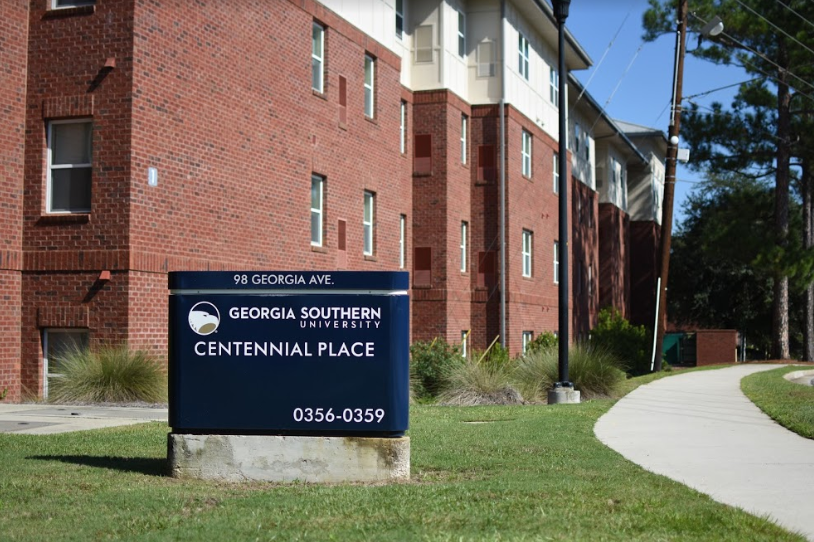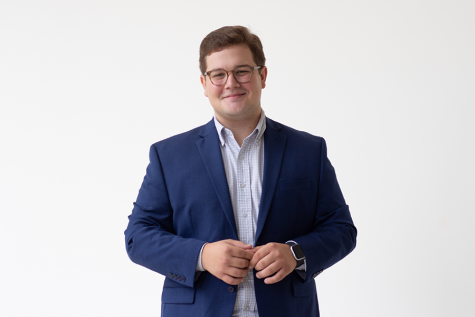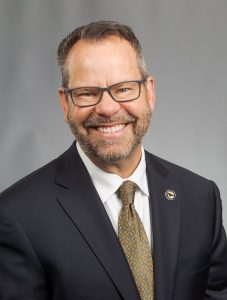Georgia Southern’s COVID-19 dorm move-out praised by the University System of Georgia
April 28, 2020
STATESBORO — Traditionally, “Operation Move-Out” would’ve taken place in the coming weeks. This year, because of the outbreak of COVID-19, Georgia Southern University housing was forced to improvise and move thousands of students out quickly and safely nearly three months early.
“Essentially what we planned is a staggered move out for our students,” said Meg Heins, director of residence education on the Statesboro campus.
University housing designed a plan that ensured the fewest amount of people, whether they be students, family members, volunteers or staff, cross paths.
If you lived in Centennial Place, for example, all four building’s fourth floors would move out during the same time period. Same for the building’s third floors, second floors and so on.
“The way we structured the move outs would’ve allowed us to move out about 500 people per time block,” said Heins. “But again, spread all across campus over the course of four hours.”
Each public institution in Georgia had to submit their move out plans to the University System of Georgia for approval. According to Melanie Miller, Ph.D, interim vice president of student affairs, the USG used GS’ plan as a model for other USG institutions.
“When we turned in our plan to the system office, they were just really impressed with the details and the things [housing] had paid attention to,” said Miller. “[University housing] did an excellent job with not only their planning, but their implementation of the process.”
A USG spokesperson told The George Anne, “While each institution successfully developed and executed COVID-19 move-out plans, we did share Georgia Southern’s plan with numerous institutions as a potential model for adoption.”
Not all students left the Statesboro and Armstrong campuses. Almost 200 students remain on campus, including Madison Motley, a freshmen political science major, who says the biggest change is not seeing her friends.
“It’s really, really odd because the campus is so empty,” said Motley. “I was always surrounded by people all the time.”
For the students remaining, the policies and procedures required by university housing remain the same with one new caveat: they can’t have guests.
The 200 students that remain on-campus were consolidated to one dormitory. University housing ensured that students moving from other dorms got the same size bed as their old dorm.
Students were not charged extra if their new room cost more than their previous location, and the university refunded the difference if their new space cost less than their old.
Overall, Heins says that university housing is there for the students that need them.
“I think it’s really scary to think that you don’t have somewhere to go when something like this happens,” said Heins. “We’ve been very accommodating and working with students to make sure that if they don’t have a safe home environment to go to, that we’re taking care of them during this process.”
Andy Cole, The George-Anne contributor, gaeditor@georgiasouthern.edu










